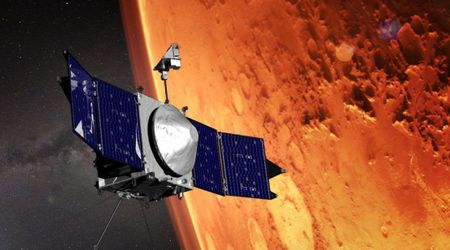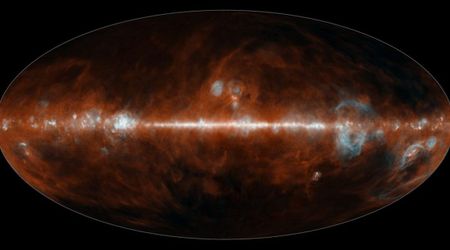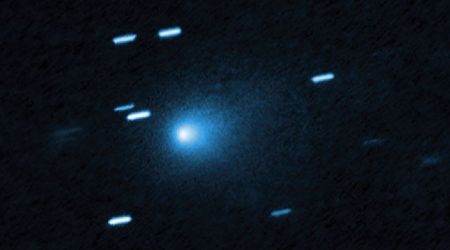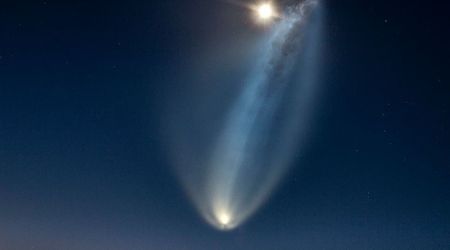ESA's Solar Orbiter captures first direct view of Sun's polar magnetic field in motion

Scientists using the European Space Agency's (ESA) Solar Orbiter have published their analysis of the first clear view of the movement of the magnetic field near the Sun's south pole. A blind spot until now, the region is crucial to understanding the star's fundamental 11-year activity cycle, according to the Max Planck Institute.

The Sun's magnetic rhythm is driven by vast plasma circulations: near the surface, plasma flows carry the magnetic field from the equator toward the poles, while beneath the surface, it cycles back toward the equator. The understanding of how this "magnetic conveyor belt" operates at the poles has been limited so far, as ground-based telescopes and most space missions have not had a clear view of the poles. Solar Orbiter's unique vantage point, achieved after it tilted its orbit by 17 degrees out of the ecliptic plane in March, has finally provided the necessary perspective.
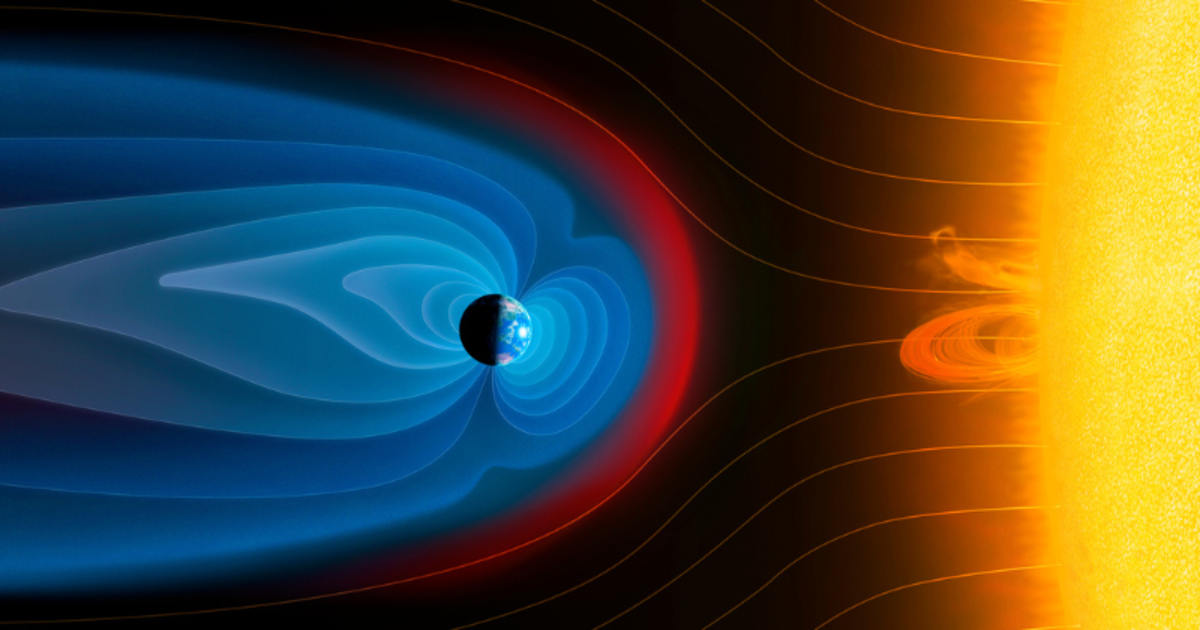
Researchers analyzing the spacecraft's Polarimetric and Helioseismic Imager (PHI) and Extreme-Ultraviolet Imager (EUI) data from late March have generated a map of the magnetic network and supergranulation at the Sun's south pole. Supergranules, which are cells of circulating plasma as big as three times the Earth's size, were observed to be sweeping magnetic field lines to their edges, forming the characteristic magnetic web.
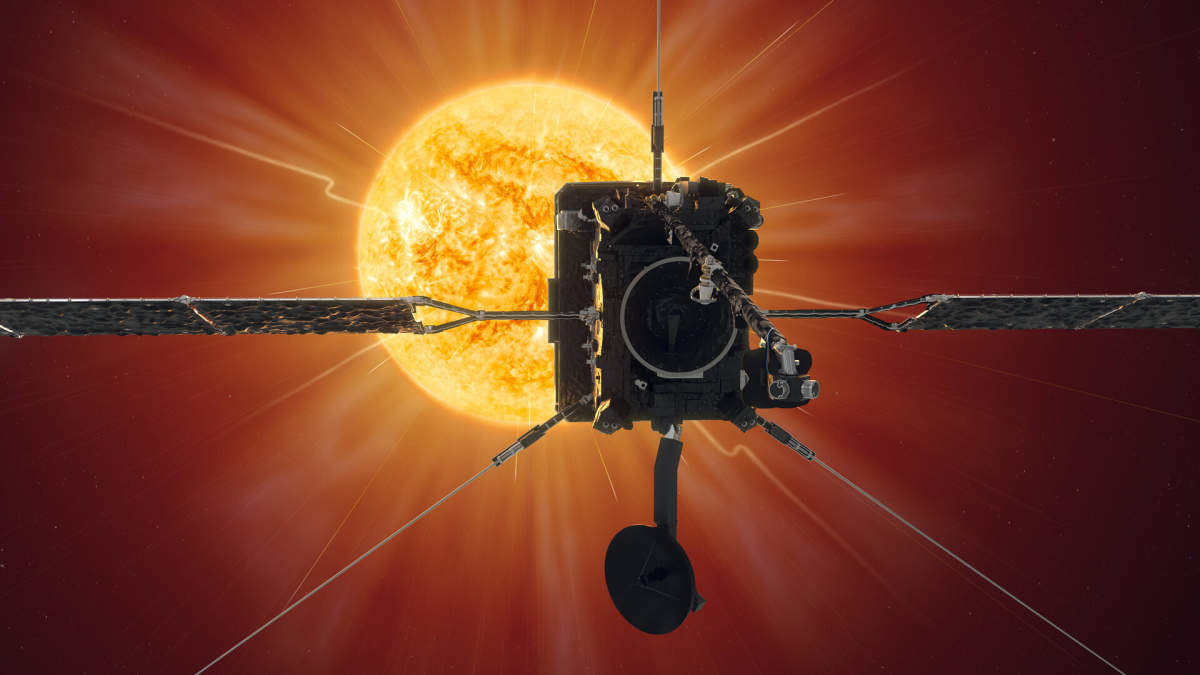
Crucially, the initial data reveal that the magnetic field is drifting poleward at an average speed of 10 to 20 meters per second. This speed is surprisingly consistent with flows measured at lower latitudes, challenging previous models based on the ecliptic-plane observations that suggested a much slower drift near the poles. Dr. Sami Solanki, MPS Director and a co-author of the study published in Astrophysical Journal Letters, emphasized the importance of this new data stream: "To understand the Sun's magnetic cycle, we still lack knowledge of what happens at the Sun's poles. Solar Orbiter can now provide this missing piece of the puzzle."
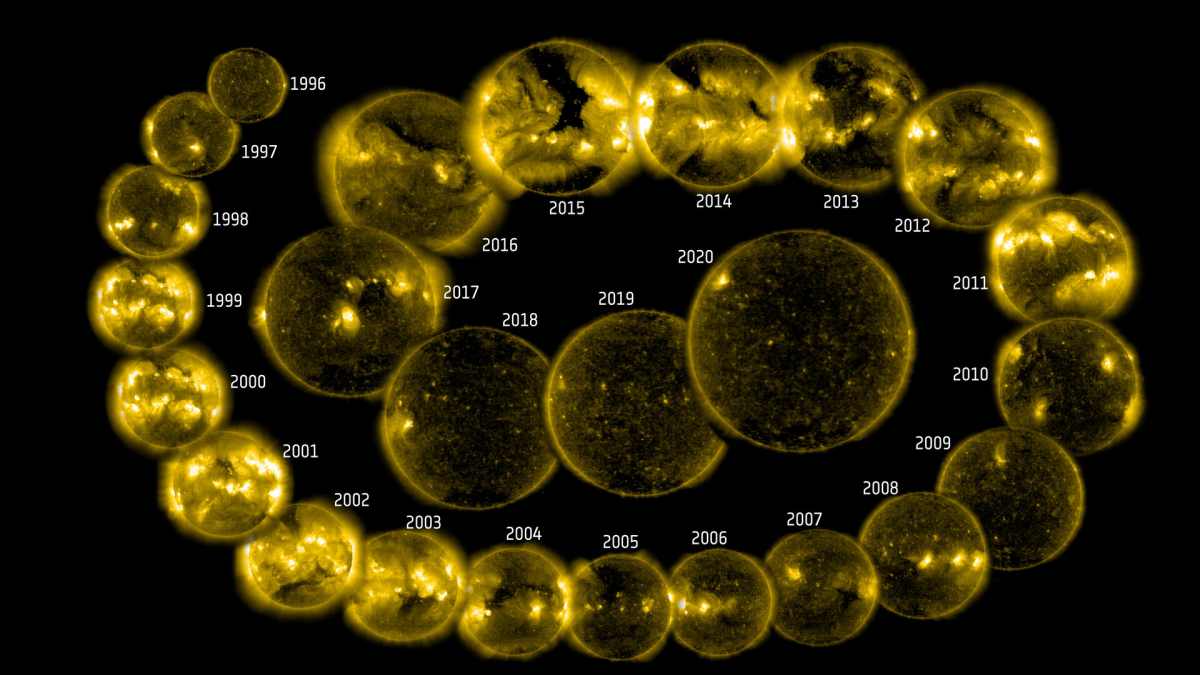
Dr. Lakshmi Pradeep Chitta, the study's first author, stated that the polar supergranules are acting as visible tracers for the hidden circulation: "They make the polar component of the Sun's global, eleven-year circulation visible for the first time." While the findings offer vital clues about the global plasma and magnetic field transport, the team cautions that the results represent a brief snapshot. Further, extended observations are required to definitively confirm whether the magnetic conveyor belt maintains this speed throughout the entire solar cycle.
The Sun's polar regions remain one of the least explored areas in solar science. While existing observatories provide extraordinary coverage of the Sun's surface and atmosphere, the limited ecliptic-plane viewing angle restricts knowledge of these high-latitude dynamics, according to Science Daily. Yet, these regions are crucial, as their magnetic fields shape the solar magnetic cycle and supply the mass and energy that feed the fast solar wind, ultimately influencing space weather throughout the solar system.
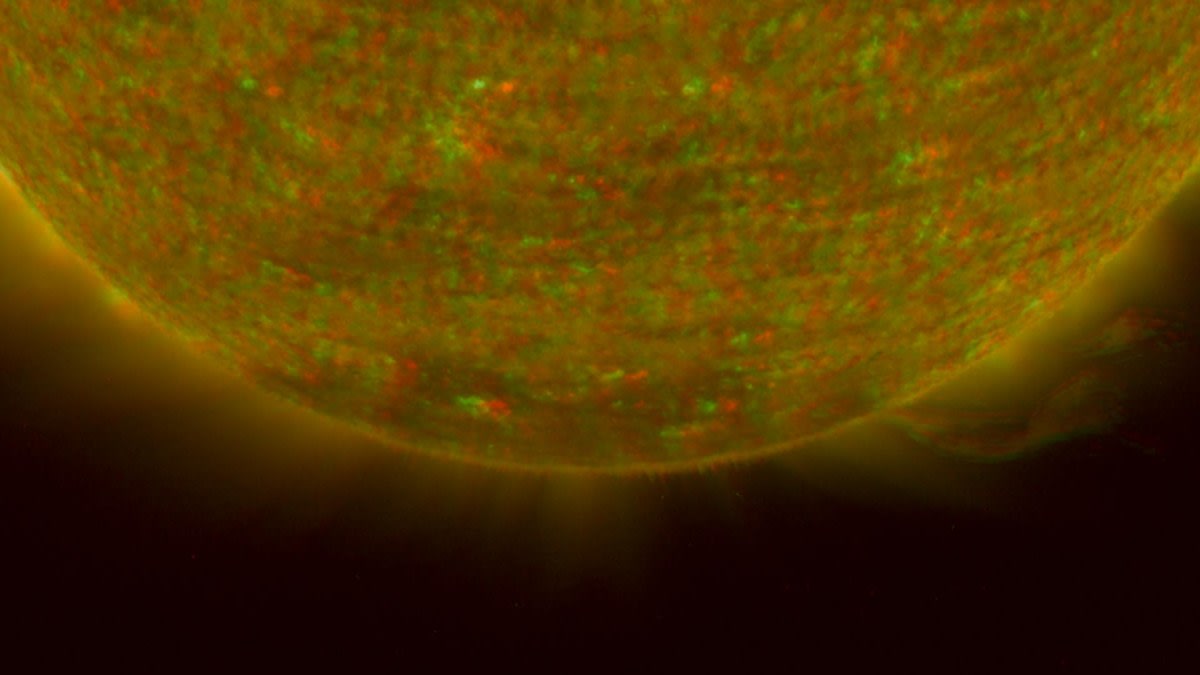
The scientific community is now looking forward to the upcoming Solar Polar-orbit Observatory (SPO) mission, which is expected to enhance this understanding dramatically. Once operational, SPO will give scientists an unprecedented, direct look at the Sun's hidden polar regions, promising new insight into the fundamental forces that shape our star and sustain life on Earth.
More on Starlust
Astrophotographer achieves 'once in a lifetime' shot of ISS crossing Sun during solar flare eruption


